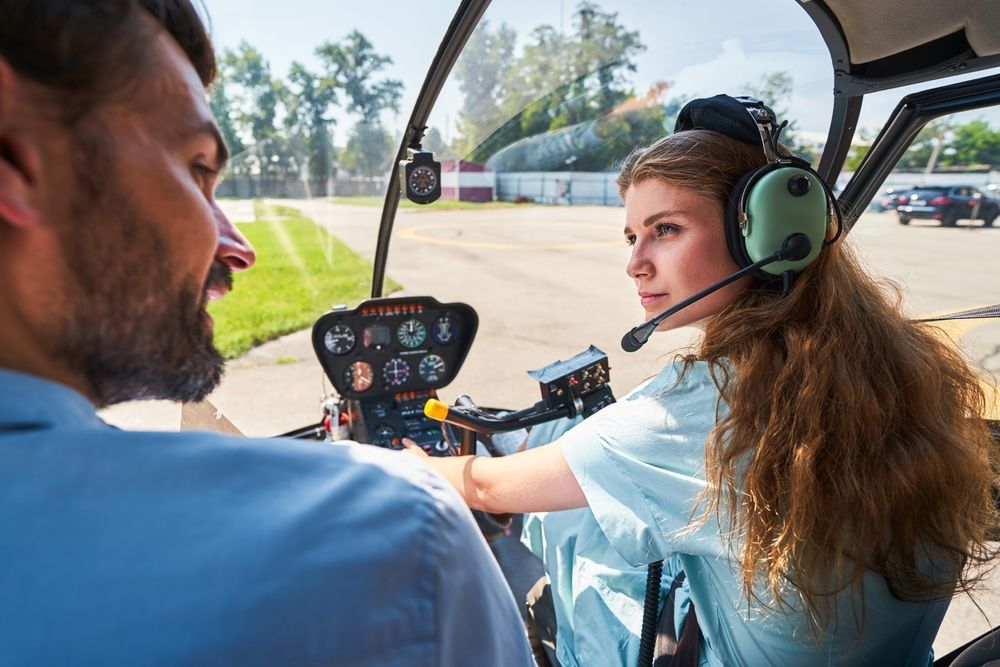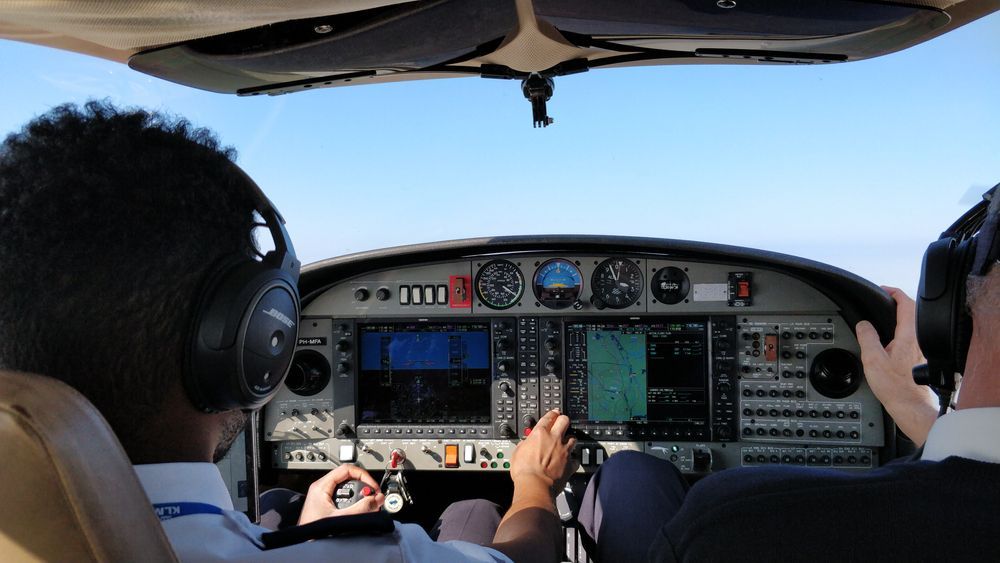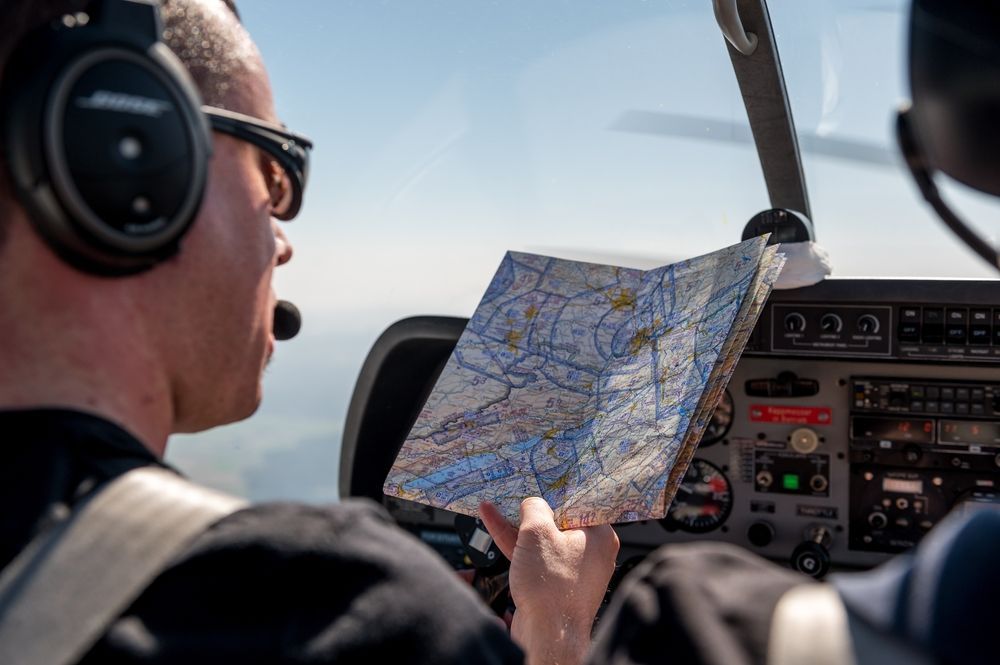A Guide to Multi Engine Rating Cost & Requirements
Share this article:
Single-engine aircraft are like riding a bike; in terms of flying, it’s the first aircraft you learn to operate and handle. Multi engine is more like driving a car. You may think that flying is flying no matter the aircraft. While this is true, multi engine planes open up a whole new world for pilots to experience. So, what are the necessary steps to be able to get a multi engine rating and how much will it cost?

What is a Multi Engine Rating?
A multi engine rating is just that: a certificate that allows pilots to operate an aircraft with more than one engine. It is an add-on to an already existing commercial, private, or ATP (Airline Transport Pilot) license or certificate. Multi engine ratings are exciting because they allow pilots to have a different experience in the air: aircraft performance is highly improved, as well as an increase in speed, power, and climbing rate.
Once you have acquired your private certificate, you may ask yourself if you can get your multi engine rating now. The answer is yes, but to save money, you should wait until you have earned your commercial license and instrument rating.
How Much are Multi Engine Ratings?
The total cost usually adds up to around $2,000-$6,000, depending on where you go. You have to pay to use the planes for training and for books and materials. Of course, you have to pay the instructor and for the aircraft rental and FAA examiner fee, both of which are part of the checkride process.
Some students may need additional hours to meet proficiency standards, which can increase the total cost. Ask about package deals or financing options for multi-engine training when researching programs.
Multi Engine Rating Requirements
Prerequisites
The pilot seeking multi engine rating must have a current Federal Aviation Administration (FAA) medical and provide citizenship proof (like a passport or birth certificate) or have TSA (Transportation Security Administration) approval. They are required to already have a license as a single-engine pilot. Lastly, it is strongly suggested that they be current, because if not they may need to log more hours.
FAA Requirements
Before taking the practical test, a pilot must pass the APT aeronautical knowledge test within two years of the practical test and present a current (unexpired) Computer Test Report. They must have the aeronautical experience stated in Title 14 of the Code of Federal Regulations (CFR), which applies to that aircraft category and class rating. The pilot must also have at least a third-class medical for as much as can be completed (sometimes parts of the medical certification must occur inside the aircraft). They must be at least 23 years old and be able to speak, write, and understand English.
The FAA also requires training in each of these areas: preflight prep and procedures; airport operations; takeoffs, landings, and go-around; performance maneuvers; navigation; slow flight and stalls; emergency, multi engine, and high-altitude ops; and post-flight procedures.
General Requirements
Both ground and flight training are to be completed. Ground training includes aircraft systems, principles of flight for normal and single-engine, aerodynamics, and weight and balance. Flight training is made up of both normal and emergency multi engine plane operations and maneuvers. Overall, it takes less than a week to complete.
Aviation Schools for Multi Engine Rating
If you’re looking for the best aviation courses in the Chicago area , look no further than J.A. Flight Services ! We offer flight training programs along with internships. Whether you’re just starting out or looking to become a commercial pilot and need to earn your MEL (Multi Engine License) contact us for more information or to get going today!
Connect with Us:



